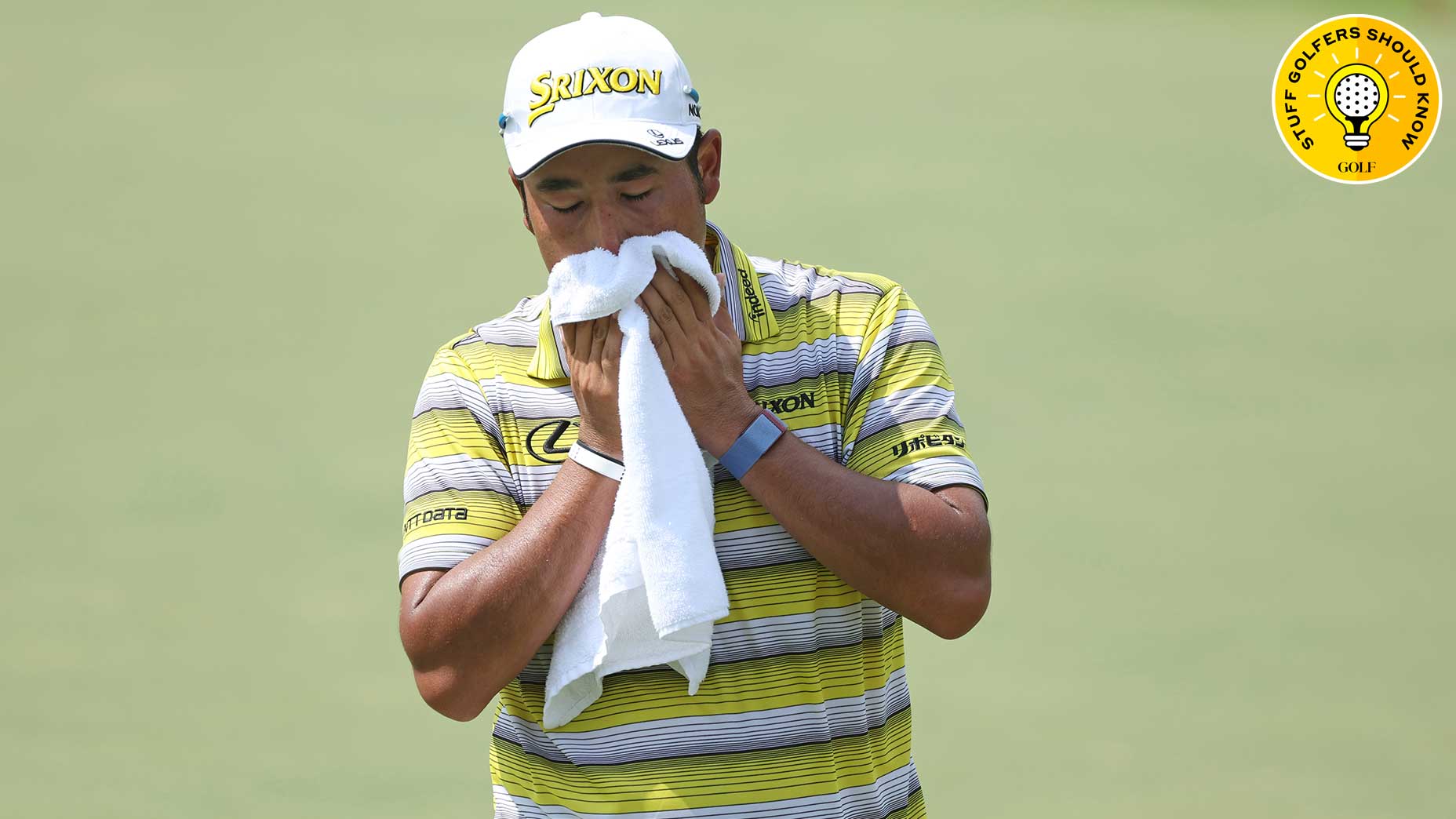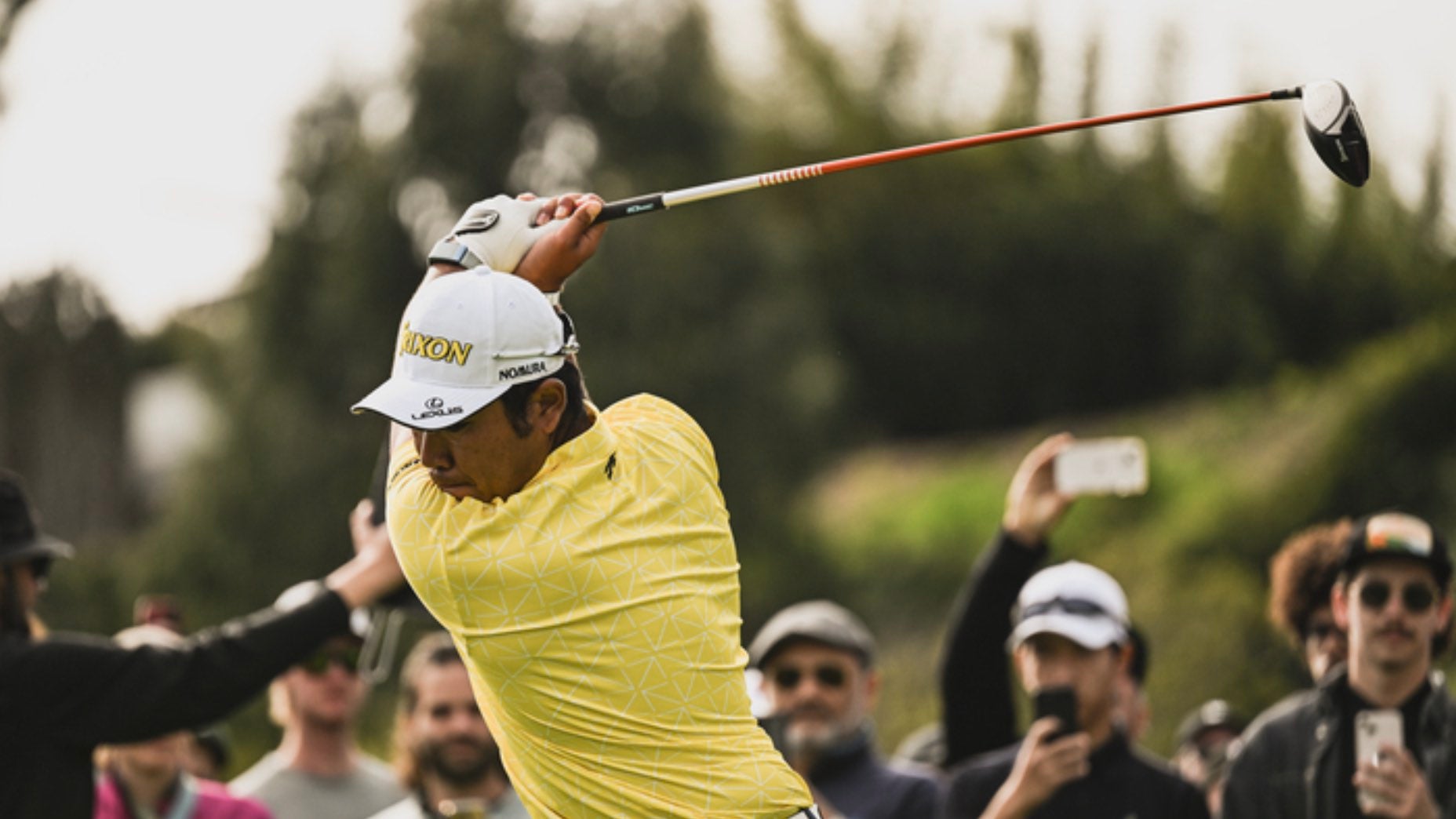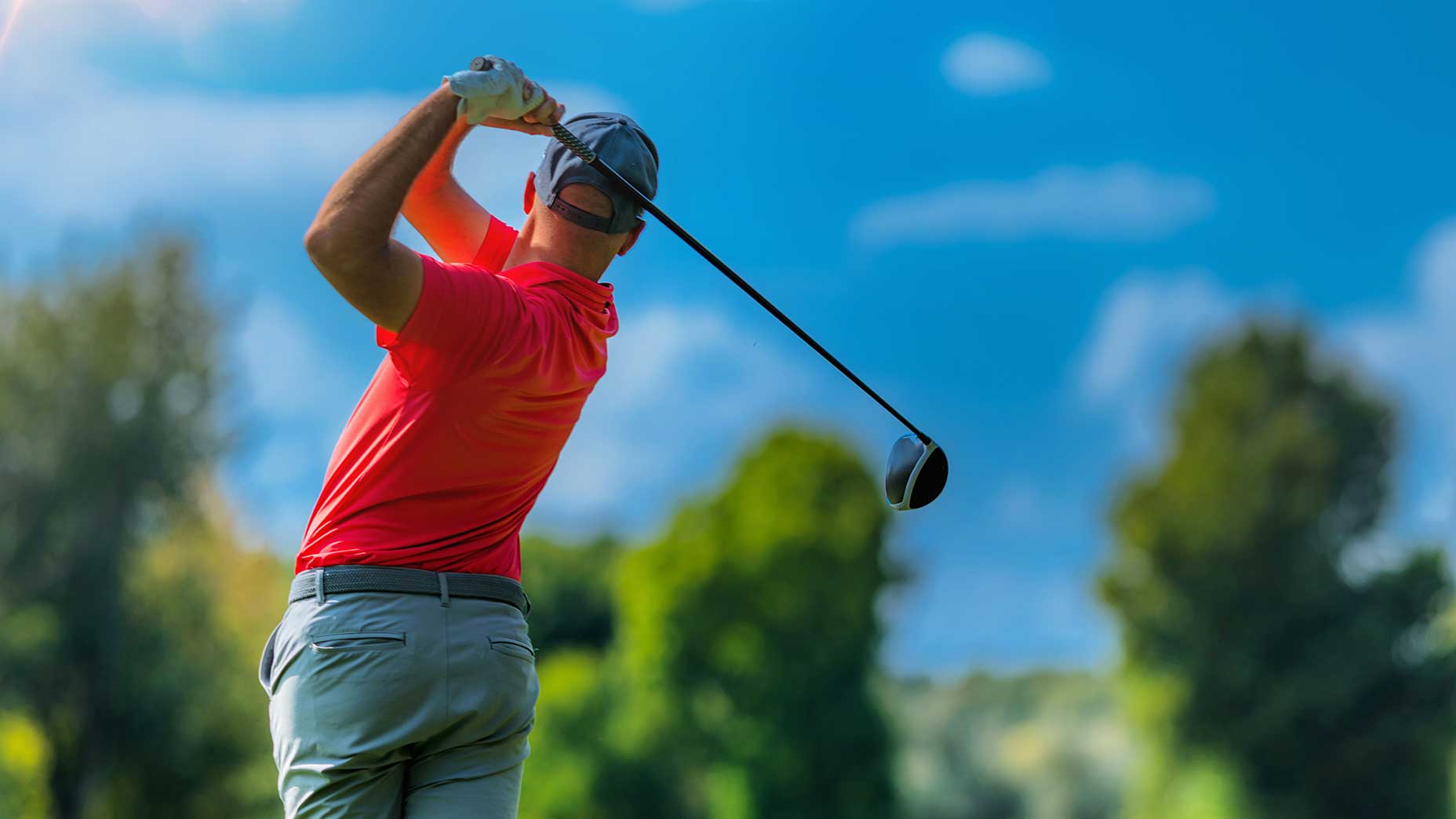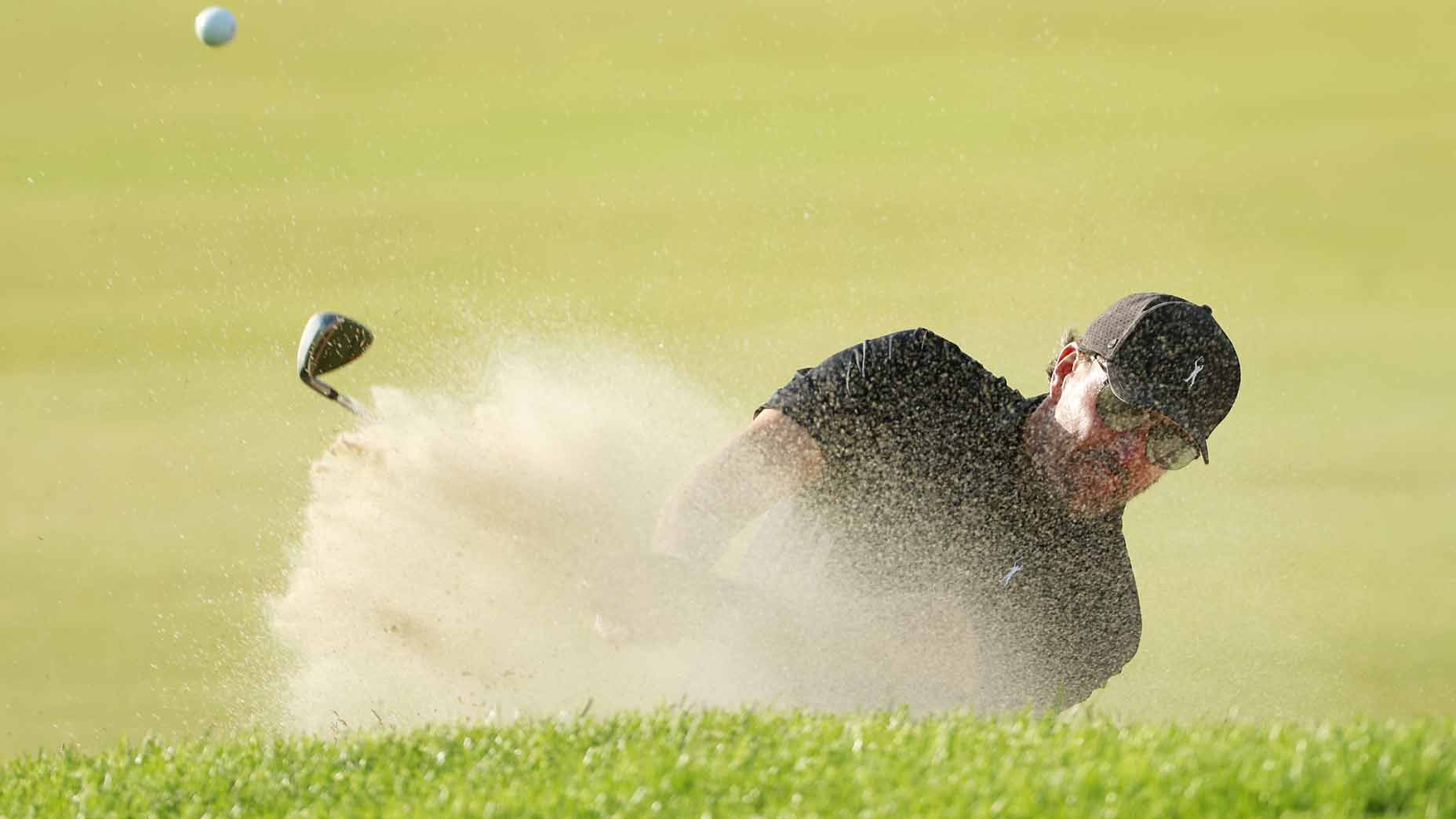How long does a golf glove last, and how can you extend its lifespan?

Like most golf equipment, gloves benefit from routine care.
getty images
Aside from Fred Couples and a smattering of others who play barehanded, Tour pros go through golf gloves like there’s no tomorrow. They use a new one every round, and sometimes more, depending on the weather. In heavy rain or high humidity, most pros cycle through several gloves over the course of 18 holes so that each has time to dry out, according to John Wood, a former longtime PGA Tour caddie and now an on-course reporter for NBC Sports. On Tour, used gloves are reserved for practice rounds and range sessions, and when they’ve outlived that purpose, they are given away to fans or charity.
Most pros, Wood says, start each tournament week with four to six new gloves in their bags.
So, they’ve got that going for them. Most golfers, though, don’t enjoy that luxury.
In the absence of endorsement deals that come with generous supplies of free golf goodies, we buy our own gloves and squeeze as much life out of them as we can.
Asher Rust Glove
How long can we expect them to last?
Internet chatrooms brim with estimates, ranging from two rounds to 20 rounds. But those aren’t official industry numbers. The industry resists making such claims.
“There are just too many external factors to put a hard figure on it,” says DJ Zabkar, senior product manager for leading glove-maker FootJoy.
Among the variables are make and style. All else being equal, for instance, a glove of delicate Cabretta leather isn’t apt to last as long as a thick-padded glove stitched from synthetic material.
How a glove gets treated matters as well.
In a recent survey, FootJoy found that upward of 65 percent of golfers use a glove that is too large, which impedes performance (you lose that “second-skin” feel) and increases wear and tear. Abrasion marks in unusual places, such as the base of the palm or the thumb pad, can also be signs of an improper grip.
Like most golf equipment, gloves benefit from routine care, including regular cleaning with mild soap and water. Rotating gloves during play and practice is another good way to prolong their lifespan.
So is post-round TLC. Because lingering moisture is an enemy, gloves should be patted dry after use and stored in a cool, dry place, away from direct sunlight, not in a dank basement or the trunk of your car. Golfers often stash gloves in zip-lock bags. But Zabkar says the best place to store them is in their original packaging, dried out, smoothed and flattened, just as you first found them on the shelf.
Last but not least, the lifespan of a glove hinges, too, on customer preference. Some golfers toss out gloves as soon as they show the slightest signs of wear. Others hang on to them until they’re riddled with holes and so threadbare that it’s almost like having no glove at all.












